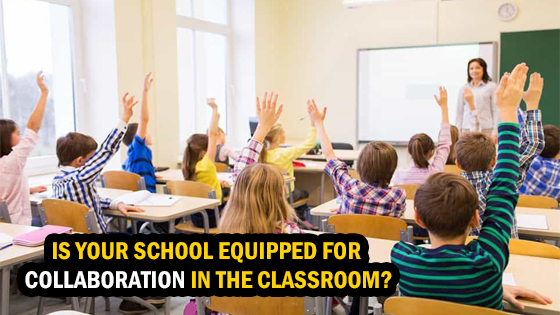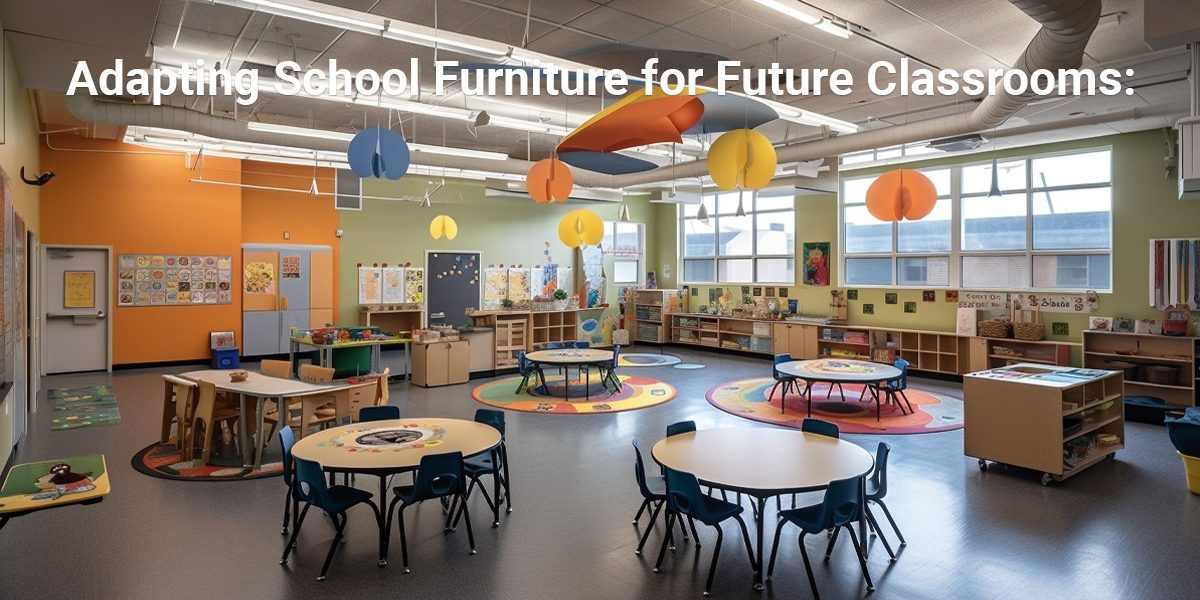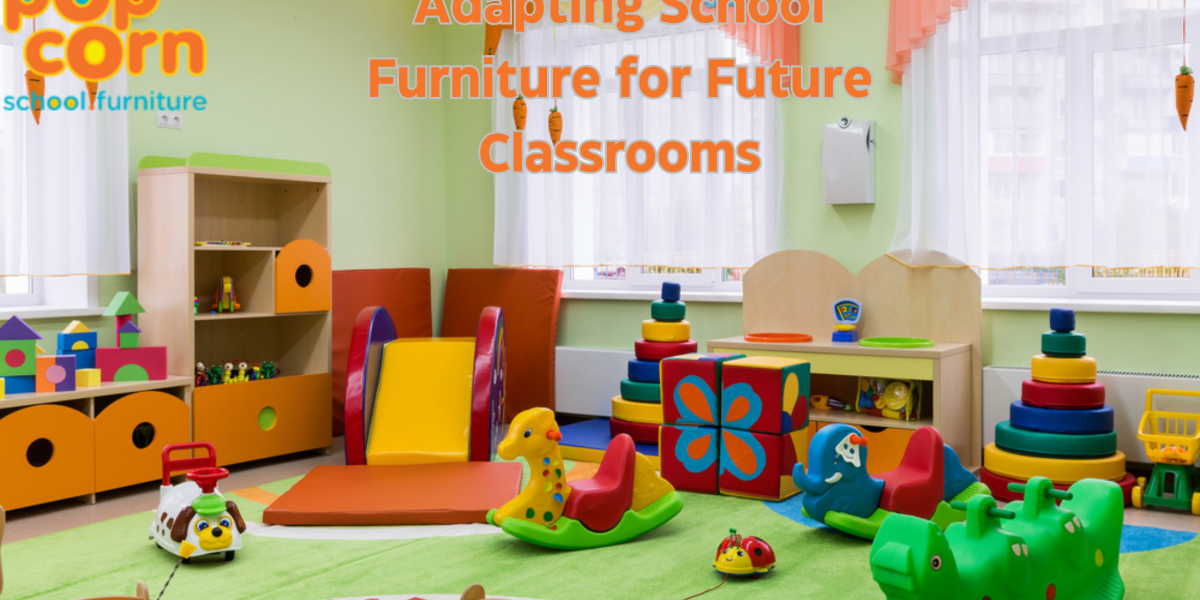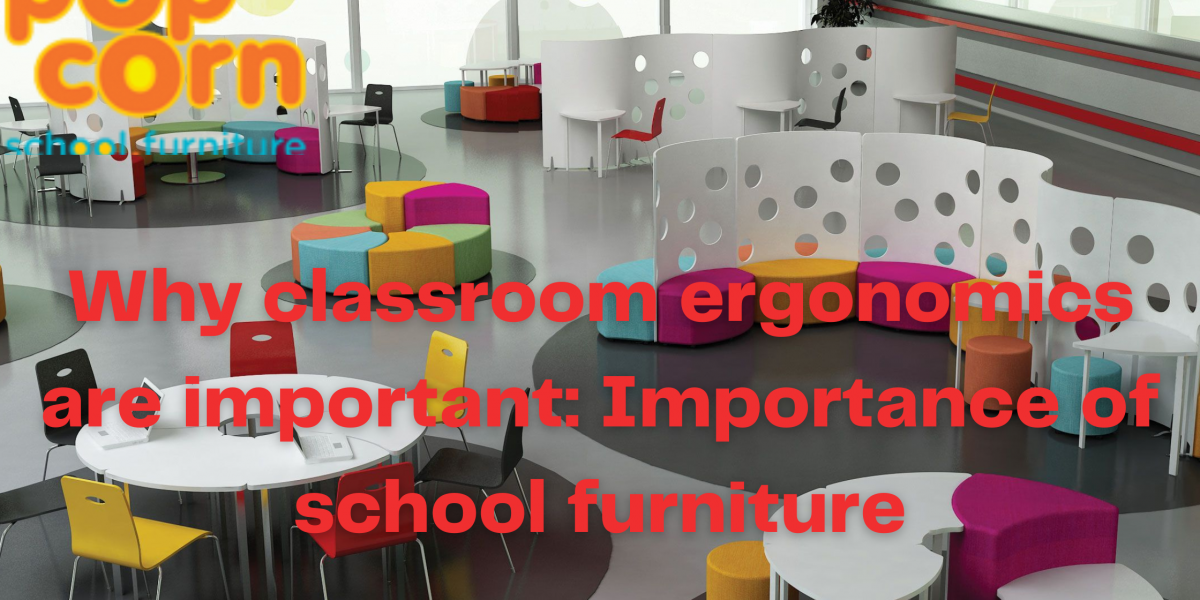
A classroom is a world microcosm, and a classroom is a great place to teach activities that can support students in their adult lives. Working together is an achievement Students need to work in groups comfortably.
Popcorn school furniture manufacture company, implementing a cooperative approach to learning can allow teachers to teach learners ‘ life skills and critical thinking skills with unique and innovative classroom furniture.
Sure, training can only be effective if the system is adapted to a learner’s desires, interests, and abilities. Nevertheless, the emphasis of the current education system has moved from a teacher-centred approach, where the educator is the sole owner and disseminator of information, to a more student-centred approach with each student at the forefront of their learning process.
Students should realize early in their lives that individual goals fit well into a broader setting and can be furthered and strengthened by teamwork and commitment. In close relationship to the world of others, learners can objectively understand their thoughts to become practical problems.
Collaborative Learning
Collaborative learning is a method involving two or more people coming together to understand a shared definition of learning and to complete a specific mission. We rely on money, experience, and skills from each other to fulfil the mission. Responsibilities and liabilities are jointly owned if any. They work on different criteria independently and analyze each other’s work to boost production efficiency.
A learner with doubt can approach their peers before going to teachers in a classroom ecosystem. Such an exercise is not to drive teachers away from learning processes for pupils, but to allow learners to return as a group to their collective wisdom. This would encourage a student to understand and value their neighbour’s resourcefulness and give proper credit to them. Teachers can give students in the classroom, challenging tasks, and challenge students to work as a team. Students were able to see their activities and beliefs being questioned, thereby obtaining the opportunity to think through the gaps.
Let’s see how educators can develop an active curriculum to make collaborative learning easier.
How to collaborate in a classroom?
Phenomenon-based learning is a holistic approach that shifts the focus from individual subjects to phenomena, themes, and events such as power, media, and technology. Learning theories could lead to superficial knowledge. Nevertheless, education can serve the function of raising responsible citizens if life activities are within a pedagogical structure.
A teacher may assign and ask them to present on it a group of learners with an interdisciplinary subject such as the source of drinking and washing water in their field. This would encourage students to work autonomously and collectively. Group conversation and cooperation will help them improve their interpersonal skills. Also, the advantages of phenomenon-based learning are not limited to cooperative learning but are complemented by the constructivist method and learning based on inquiry.
Also, hands-on exercises will assist students in team learning. Sharing equipment and other elements could also help them develop a sense of real-life sharing of resources. Excursions to schools can support cooperative learning projects as contact between students and peers would not be limited to outside academics.
Benefits of Collective Learning
Celebration of Diversity: A small group of students could be very diverse culturally and socially, and collective learning activities will open up the world to learners as they start to gain a new viewpoint on their peers ‘ lives. Students are also able to reflect on their classmates ‘ experiences and beliefs and learn to recognize discrepancies without being harsh.
Interpersonal Development: In a team undertaking, students must learn to work with all types of people and relate to their peers so that their organized communication benefits the task at hand.
Confidence, Communication: In addition to strengthening their sense of ownership at school, cooperative learning activities at an early age can help students improve their confidence and self-esteem. The challenge of expressing their ideas, defending them, and working with others to broaden their horizons also involves excellent communication skills, which will also improve these activities.
It is not difficult to establish a collaborative learning culture. The method is neither resource-intensive nor is it difficult to evaluate cooperative learning research. A teacher needs the commitment to carry it out and an open mind. Therefore, software accessibility also encourages collaboration.
Students can use social media or a learning management system to communicate with their peers. Among the many advantages of collaborative learning is its potential to serve the real purpose of education–to cultivate responsible citizens who can work with their fellow citizens to solve complex cultural, economic and political problems
Conclusion:
Popcorn school furniture manufacture company, will give the best and creative classroom furniture, which can also be used for collaboration of the class according to student convenience. Want to get the unique and multi usable furniture for the collaborative classes in the classroom – join hand with Popcorn school furniture manufacturer.
Get to know more details about the furniture and creative to design your classroom call us at 1800-12 00-49999




